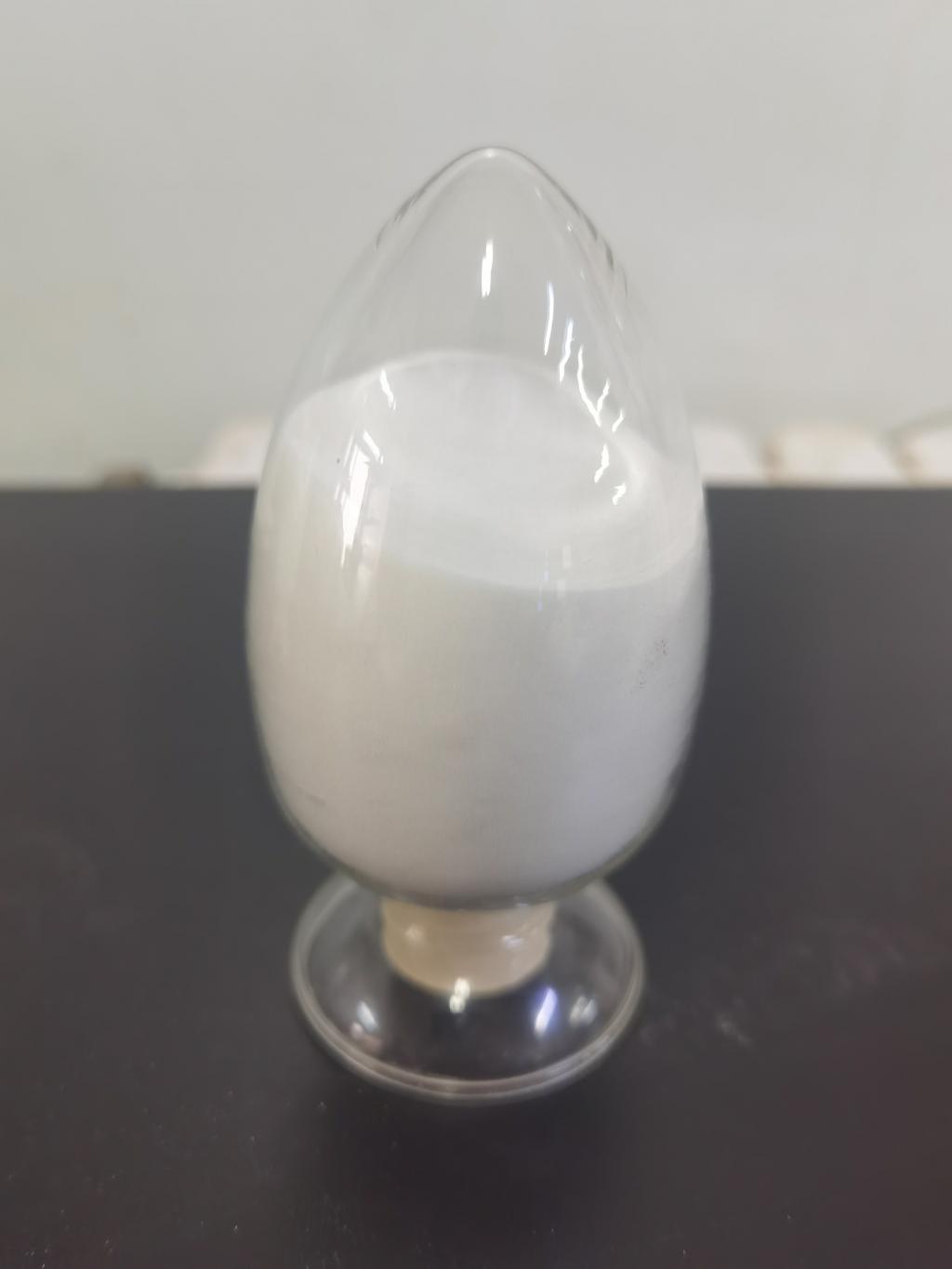Tel:+8618231198596

News
 CONTACT
CONTACT
 CONTACT
CONTACT
- Linkman:Linda Yao
- Tel: +8618231198596
- Email:linda.yao@dcpharma.cn
- Linkman:CHARLES.WANG
- Department:Overseas
- Tel: 0086 0311-85537378 0086 0311-85539701
News
Enhancing Food Safety in School Lunch Programs: The Potential of ε-Polylysine Hydrochloride
TIME:2024-02-21
I. The Importance of Food Safety in School Lunch Programs:
a. The Vulnerability of School-Aged Children:
Children, particularly those in the school-age bracket, are more susceptible to foodborne illnesses due to their developing immune systems. The safety of school lunches directly impacts the health and academic performance of students, making it a priority in educational institutions.
b. Regulatory Compliance:
School lunch programs must adhere to stringent food safety regulations and standards set by health authorities. Compliance not only ensures the well-being of students but also mitigates legal and reputational risks for schools.
II. Introduction to ε-Polylysine Hydrochloride:
a. Natural Origin and Production:
ε-Polylysine Hydrochloride is a naturally occurring biopolymer derived through the fermentation process of Streptomyces albulus. It is a cationic polyamide with unique antimicrobial properties, making it a valuable tool for enhancing food safety.
b. Antimicrobial Activity:
One of the standout features of ε-Polylysine Hydrochloride is its potent antimicrobial activity. It effectively inhibits the growth of a broad spectrum of bacteria, including foodborne pathogens, contributing to the preservation of food products.
III. Applications of ε-Polylysine Hydrochloride in School Lunch Programs:
a. Preservation of Fresh Produce:
Incorporating ε-Polylysine Hydrochloride into the preparation of fresh fruits and vegetables can extend their shelf life by inhibiting the growth of spoilage microorganisms. This ensures that students are served nutritious and safe produce in their meals.
b. Protection of Prepared Foods:
ε-Polylysine Hydrochloride can be applied to prepared foods, such as sandwiches, salads, and cooked dishes, to safeguard against bacterial contamination during storage and serving. This is particularly crucial in school lunch programs where large quantities of food are prepared daily.
c. Integration into Sauces and Dressings:
Sauces and dressings are common components of school lunches and are susceptible to bacterial growth. By integrating ε-Polylysine Hydrochloride into these condiments, schools can enhance the safety and shelf life of these products.
IV. Benefits of ε-Polylysine Hydrochloride in School Lunch Programs:
a. Improved Food Safety:
The primary benefit of incorporating ε-Polylysine Hydrochloride is the enhancement of food safety. Its antimicrobial properties act as a natural barrier against the proliferation of harmful bacteria, reducing the risk of foodborne illnesses among students.
b. Extended Shelf Life:
The application of ε-Polylysine Hydrochloride contributes to the extended shelf life of perishable food items, reducing food waste in school lunch programs. This aligns with sustainability goals and ensures efficient resource utilization.
c. Maintenance of Nutritional Quality:
Preserving the freshness and safety of ingredients with ε-Polylysine Hydrochloride helps maintain the nutritional quality of school lunches. Students receive meals with optimal nutritional content, supporting their growth and development.
d. Compliance with Clean-Label Trends:
As the demand for clean-label and natural ingredients rises, ε-Polylysine Hydrochloride aligns with these trends. Its natural origin and antimicrobial efficacy make it a suitable choice for schools aiming to provide clean and safe meals.
V. Implementation Strategies and Considerations:
a. Staff Training and Awareness:
Implementing ε-Polylysine Hydrochloride in school lunch programs requires proper training and awareness among cafeteria staff. Educating personnel on its benefits, applications, and safe handling is crucial for successful integration.
b. Recipe Modification and Testing:
Recipes may need modification to incorporate ε-Polylysine Hydrochloride effectively. Conducting thorough testing of recipes ensures that the antimicrobial properties of the biopolymer are optimally utilized without compromising taste or texture.
c. Collaboration with Suppliers:
Collaborating with food suppliers and manufacturers is essential to ensure a consistent supply of high-quality ε-Polylysine Hydrochloride. Establishing reliable partnerships contributes to the sustainability of the integration.
VI. Case Studies and Success Stories:
Highlighting case studies and success stories from schools or districts that have successfully integrated ε-Polylysine Hydrochloride into their lunch programs can provide practical insights. Showcase instances where its use has led to improved food safety, reduced waste, and positive feedback from students.
VII. Challenges and Considerations:
a. Cost Implications:
The cost of ε-Polylysine Hydrochloride must be carefully considered, especially for schools with limited budgets. Conducting a cost-benefit analysis will help assess the economic feasibility of its integration.
b. Regulatory Compliance:
Schools must ensure that the use of ε-Polylysine Hydrochloride complies with local regulations and standards. Understanding and adhering to relevant food safety guidelines is essential for legal and ethical considerations.
VIII. Future Prospects and Recommendations:
a. Research and Development:
Continued research and development in the application of ε-Polylysine Hydrochloride in school lunch programs can lead to further innovations. Exploring new formulations, delivery methods, and potential synergies with other food safety interventions is recommended.
b. Advocacy for Food Safety Education:
Promoting food safety education in schools is crucial for instilling a culture of awareness and responsibility among students. Incorporating lessons on safe food handling and hygiene practices contributes to a holistic approach to food safety.
IX. Conclusion:
In conclusion, ε-Polylysine Hydrochloride stands as a promising solution for enhancing food safety in school lunch programs. Its natural origin, potent antimicrobial properties, and versatile applications make it a valuable tool for safeguarding the health and well-being of students. As schools navigate the challenges of providing nutritious and safe meals, the integration of ε-Polylysine Hydrochloride represents a forward-thinking approach that aligns with the goals of both food safety and sustainability in educational institutions.
- Tel:+8618231198596
- Whatsapp:18231198596
- Chat With Skype







